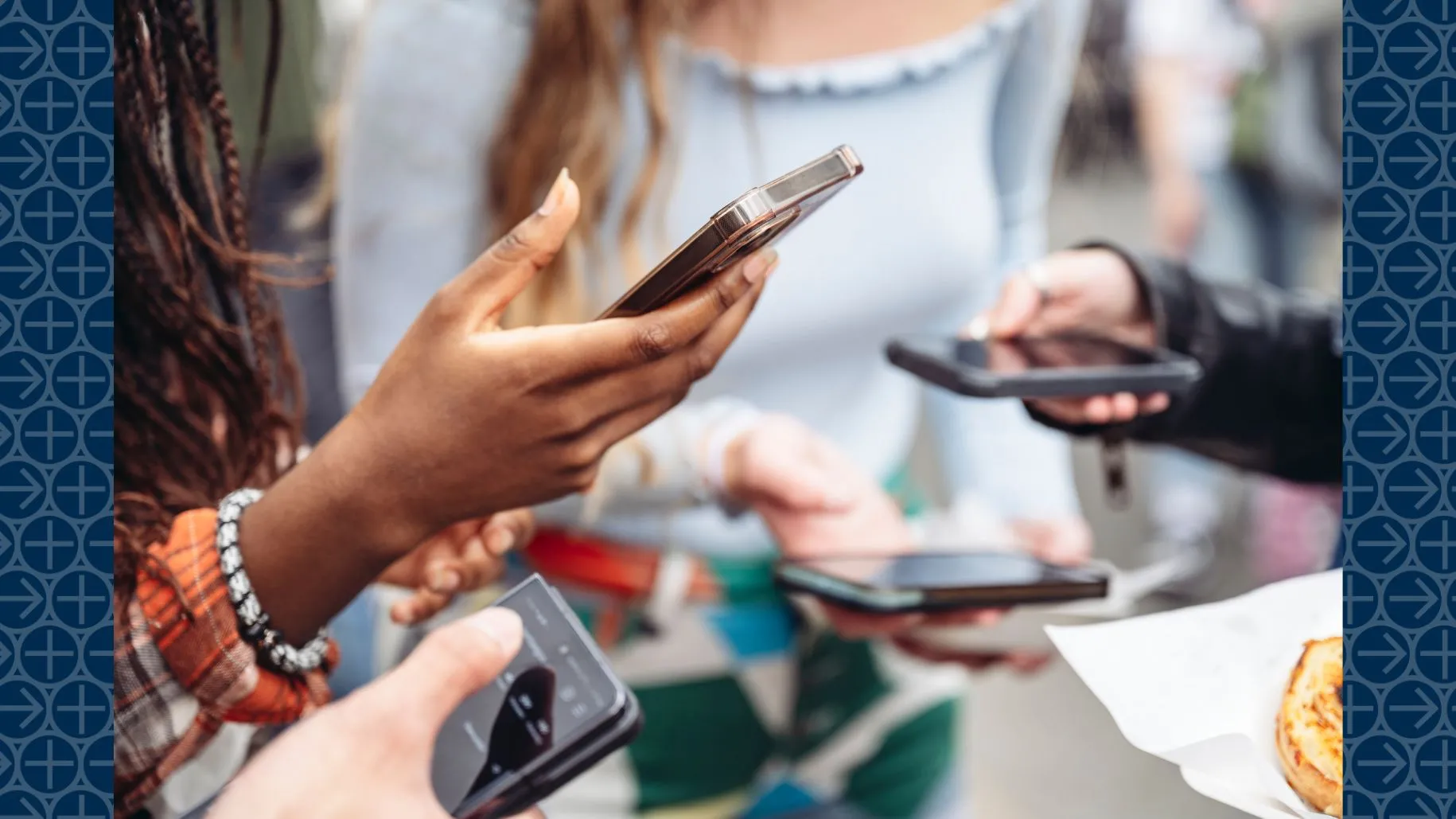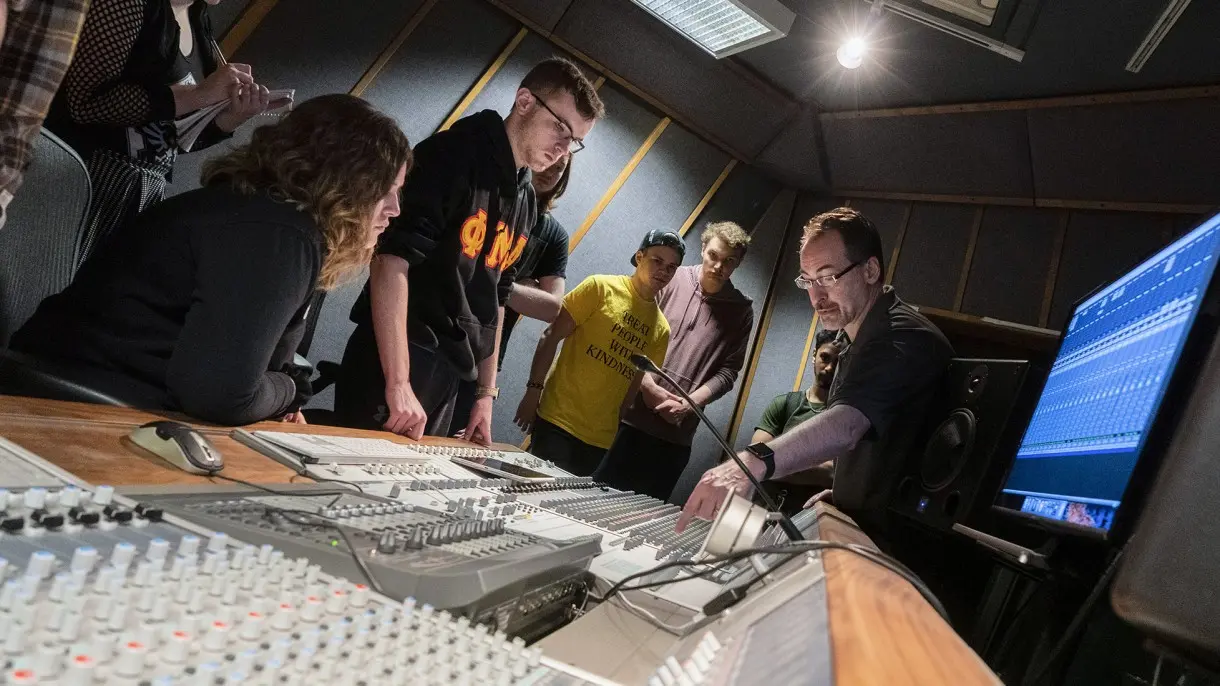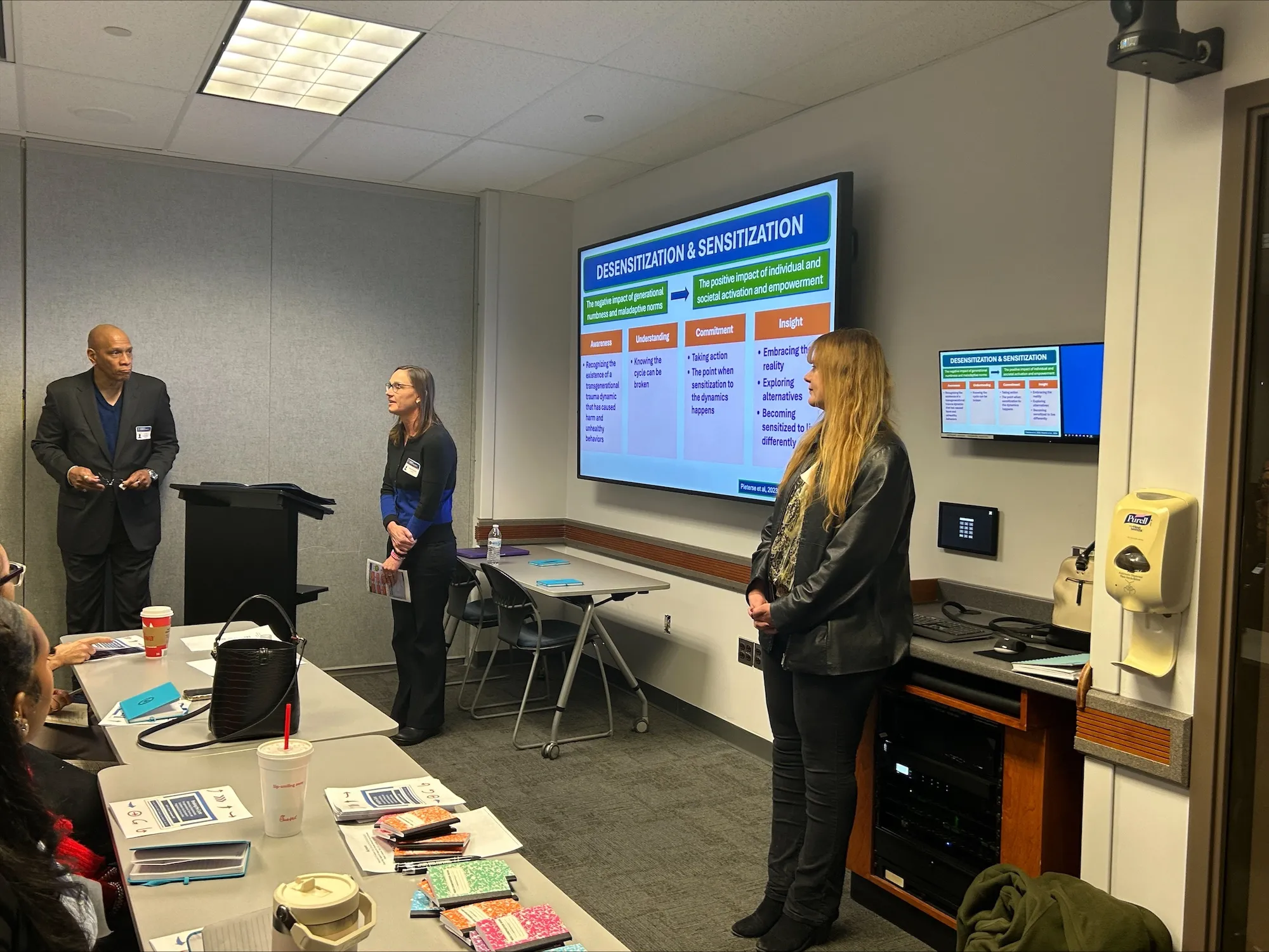
LVC 中国足彩网
- Accounting
- Accounting/MBA 3+1
- Actuarial Science
- Allwein Scholars
- Alumni Profiles
- Athletic Training
- Athletics
- Awards
- Biochemistry & Molecular Biology
- Biology
- Breen Center
- Business Administration
- Campus
- Chemistry
- Clinical Exercise Physiology
- Clinical Mental Health Counseling
- Community Service
- Computer Science
- Creative Arts
- Creative Writing
- Criminal Justice
- Data Science
- Digital Media
- Economics
- Education
- Engineering
- English
- Environmental Science
- Esports
- Exercise Science
- Faculty Profiles
- Gallery
- German
- Giving
- Graduate Studies
- History
- Honors
- Intelligence and Cybersecurity
- Interaction Design
- International Business and Policy
- LVEP
- Marketing
- Mathematics
- MBA
- Medical Humanities
- Medical Laboratory Science
- Music
- Music Education
- Music Production
- Neuroscience
- Nursing
- Physical Therapy
- Physics
- Political Science
- Pre-Law
- Pre-Medical Professions
- Psychology
- Self-Designed
- Social Justice and Civic Engagement
- Sociology
- Spanish
- Speech-Language Pathology
- Sport Performance
- STEM Education
- Student Profiles
- Study Abroad
- Sustainability
- Transfer
- Undecided/Exploratory
Social Media’s Grip on Teen Mental Health Raises Alarms

Insights from Kathy Richardson
As social media becomes a constant presence in the lives of adolescents, mental health professionals are raising red flags about its long-term impact on teen and emerging adult well-being. Platforms like TikTok, Snapchat, and Instagram are now deeply ingrained in teenage culture, acting as primary avenues for social interaction. However, experts warn that these digital spaces are also fueling growing concerns around anxiety, depression, and social withdrawal. The compulsive use of these platforms—particularly the consumption of negative content—is increasingly being linked to emotional distress.
One particularly troubling trend is “doomscrolling,” the habitual act of consuming endless streams of distressing or fear-inducing content. Experts say this behavior plays into the brain’s survival mechanisms by triggering dopamine responses when perceived threats are detected. While these instincts may have once served an evolutionary purpose, they now keep teens locked in loops of anxiety and helplessness. Kathy Richardson, Assistant Professor of Clinical Mental Health Counseling at Lebanon Valley College, explains that this type of digital engagement isn’t accidental—it’s neurological. “Teens are consuming large amounts of negative content that can seriously affect their mood, self-image, and motivation,” she said, adding that the cycle can become difficult to break.
These effects are not limited to momentary emotions. Persistent exposure to harmful content can distort a teen’s worldview, contributing to what psychologists refer to as “mean world syndrome”—a belief that the world is far more dangerous and people more cruel than they actually are. Combined with the influence of platforms that promote anonymity and disappearing content, the risk for cyberbullying and psychological harm rises significantly. Environments with little accountability often embolden users to say things they wouldn’t in person, and vulnerable teens are often on the receiving end of that cruelty.
At the same time, social media has become integral to adolescent identity and peer belonging. The pressure to participate in online culture isn’t simply about entertainment—it’s about survival in a social ecosystem. Teens who don’t engage risk being excluded from the jokes, references, and trends that define their friend groups. Richardson notes that this drive to belong is developmentally normal, but it’s now playing out on digital stages that can be difficult for adults to monitor or understand.
Warning signs of unhealthy social media use may include behavioral changes, withdrawal from real-world interaction, and strong emotional responses to device restrictions. Left unaddressed, these symptoms can evolve into chronic loneliness and deeper mental health challenges. “The great irony is that social media is supposed to keep us connected,” Richardson said. “But when it replaces real human interaction instead of supporting it, it often makes people feel even more alone.” That loneliness, she added, is a well-established risk factor for depression.
The physical toll should not be overlooked either. Excessive screen time often correlates with sedentary behavior, which can contribute to long-term physical and emotional health issues. Together, these factors paint a concerning picture of how immersive and unregulated social media use is reshaping the developmental landscape for today’s teens.
As the digital world continues to evolve, experts emphasize that the solution is not to ban or ignore social media but to foster healthier ways of engaging with it. “We can’t pretend these platforms don’t exist,” Richardson said. “What we can do is teach kids how to navigate them with self-awareness, boundaries, and resilience.”
Mental health professionals urge parents to take an active, informed role in their teens’ digital lives. Start conversations early, stay curious—not judgmental—about the content your teen engages with, and encourage balance between screen time and real-world connection. By modeling thoughtful digital habits and maintaining open lines of communication, families can help teens build the resilience they need to thrive—both online and off.




